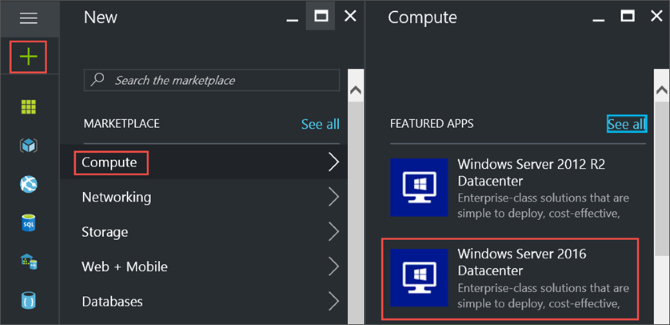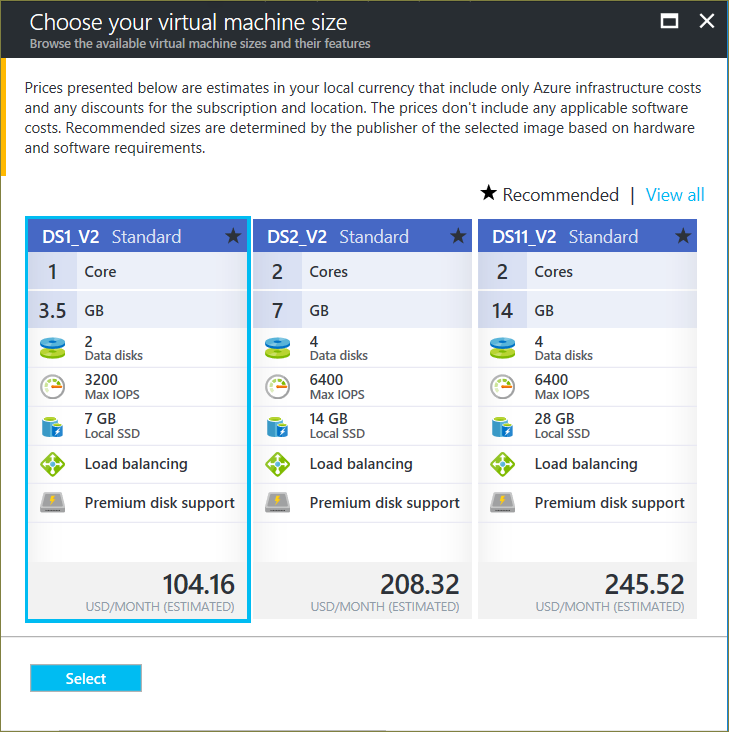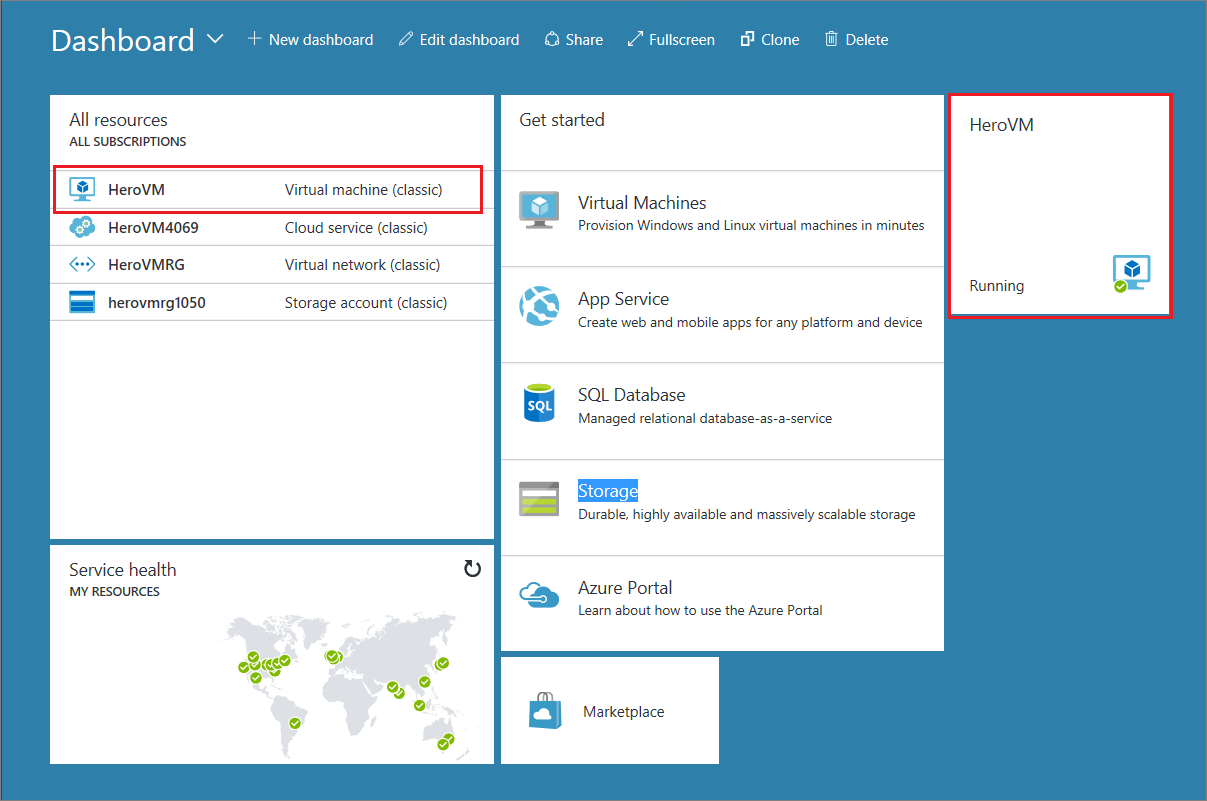Create a virtual machine running Windows in the Azure portal
Important
Classic VMs will be retired on March 1, 2023.
If you use IaaS resources from ASM, please complete your migration by March 1, 2023. We encourage you to make the switch sooner to take advantage of the many feature enhancements in Azure Resource Manager.
For more information, see Migrate your IaaS resources to Azure Resource Manager by March 1, 2023.
Important
Azure has two different deployment models for creating and working with resources: Resource Manager and Classic. This article covers using the Classic deployment model. Microsoft recommends that most new deployments use the Resource Manager model. Learn how to perform these steps using the Resource Manager deployment model using the Azure portal.
Starting November 15, 2017, virtual machines will be available only in the Azure portal.
This tutorial shows you how to create an Azure virtual machine (VM) running Windows in the Azure portal. We'll use a Windows Server image as an example, but that's just one of the many images Azure offers. Note that your image choices depend on your subscription. For example, Windows desktop images may be available to MSDN subscribers.
This section shows you how to use the Dashboard in the Azure portal to select and then create the virtual machine.
You can also create VMs using your own images. To learn about this and other methods, see Different ways to create a Windows virtual machine.
Create the virtual machine
Sign in to the Azure portal.
Starting in the upper left, click Create a resource > Compute > Windows Server 2016 Datacenter.

On the Windows Server 2016 Datacenter, select the Classic deployment model. Click Create.

1. Basics blade
The Basics blade requests administrative information for the virtual machine.
Enter a Name for the virtual machine. In the example, HeroVM is the name of the virtual machine. The name must be 1-15 characters long and it cannot contain special characters.
Enter a User name and a strong Password that are used to create a local account on the VM. The local account is used to sign in to and manage the VM. In the example, azureuser is the user name.
The password must be 8-123 characters long and meet three out of the four following complexity requirements: one lower case character, one upper case character, one number, and one special character. See more about username and password requirements.
The Subscription is optional. One common setting is "Pay-As-You-Go".
Select an existing Resource group or type the name for a new one. In the example, HeroVMRG is the name of the resource group.
Select an Azure datacenter Location where you want the VM to run. In the example, East US is the location.
When you are done, click Next to continue to the next blade.

2. Size blade
The Size blade identifies the configuration details of the VM, and lists various choices that include OS, number of processors, disk storage type, and estimated monthly usage costs.
Choose a VM size, and then click Select to continue. In this example, DS1_V2 Standard is the VM size.

3. Settings blade
The Settings blade requests storage and network options. You can accept the default settings. Azure creates appropriate entries where necessary.
If you selected a virtual machine size that supports it, you can try Azure Premium Storage by selecting Premium (SSD) in Disk type.
When you're done making changes, click OK.
4. Summary blade
The Summary blade lists the settings specified in the previous blades. Click OK when you're ready to make the image.

After the virtual machine is created, the portal lists the new virtual machine under All resources, and displays a tile of the virtual machine on the dashboard. The corresponding cloud service and storage account also are created and listed. Both the virtual machine and cloud service are started automatically and their status is listed as Running.

Next steps
- Learn how to create a VM using the Resource Manager deployment model in the Azure portal.
- Log on to the virtual machine. For instructions, see Log on to a virtual machine running Windows Server.
- Attach a disk to store data. You can attach both empty disks and disks that contain data. For instructions, see the Attach a data disk to a Windows virtual machine created with the classic deployment model.